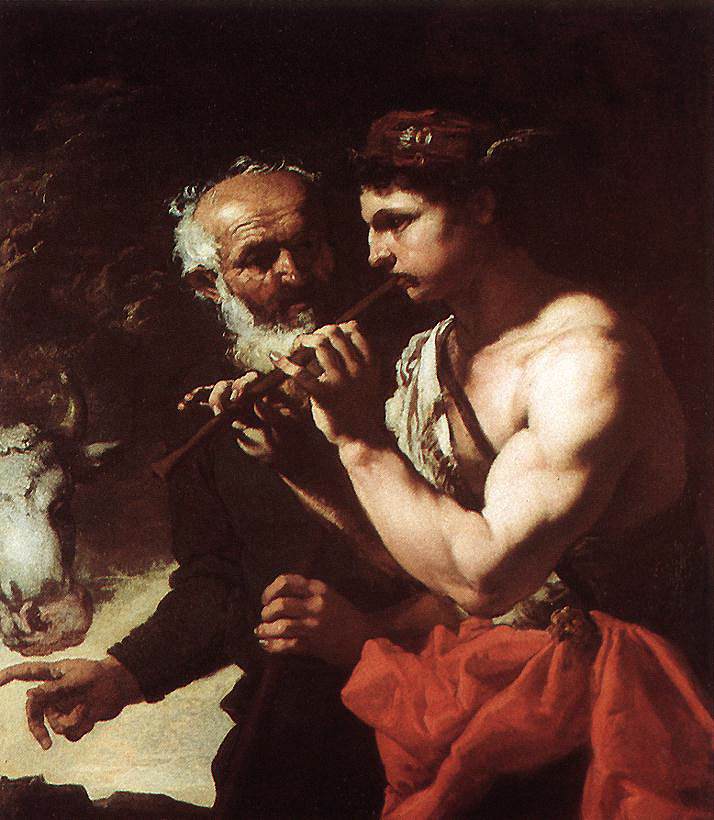Description
The painting Mercury Piping to Argus by artist Johann Karl Loth is a German Baroque masterpiece that has captivated art lovers for centuries. The work, which measures 117 x 100 cm, represents a mythological scene showing Mercury, the messenger of the gods, playing his flute for Argus, the guardian of the goddess Hera.
The artistic style of the work is typical of the Baroque, characterized by the exaggeration of the forms and the dramatization of the scenes. The composition of the painting is very interesting, as Loth manages to create a sense of depth and movement in the scene. The coloring of the work is vibrant and full of contrasts, which adds even more drama to the scene.
The story behind the painting is fascinating. According to Greek mythology, Argus was hired by Hera to keep an eye on her husband Zeus, who was having an affair with the goddess Io. Mercury was sent by Zeus to kill Argus and free Io. In the painting, Loth captures Mercury playing his flute for Argus, as he prepares to kill him.
A little-known aspect of the painting is that it was commissioned by the Duke of Bavaria in the 17th century. The work was part of the duke's private collection until it was sold to a private collector in the 19th century. Since then, the work has passed through several hands and is currently in a private collection.
In short, Johann Karl Loth's Mercury Piping to Argus is an impressive work of art noted for its baroque style, dramatic composition, vibrant coloring, and fascinating history. It is a work that continues to captivate art lovers around the world and that deserves to be admired in person to appreciate its beauty in all its splendor.

